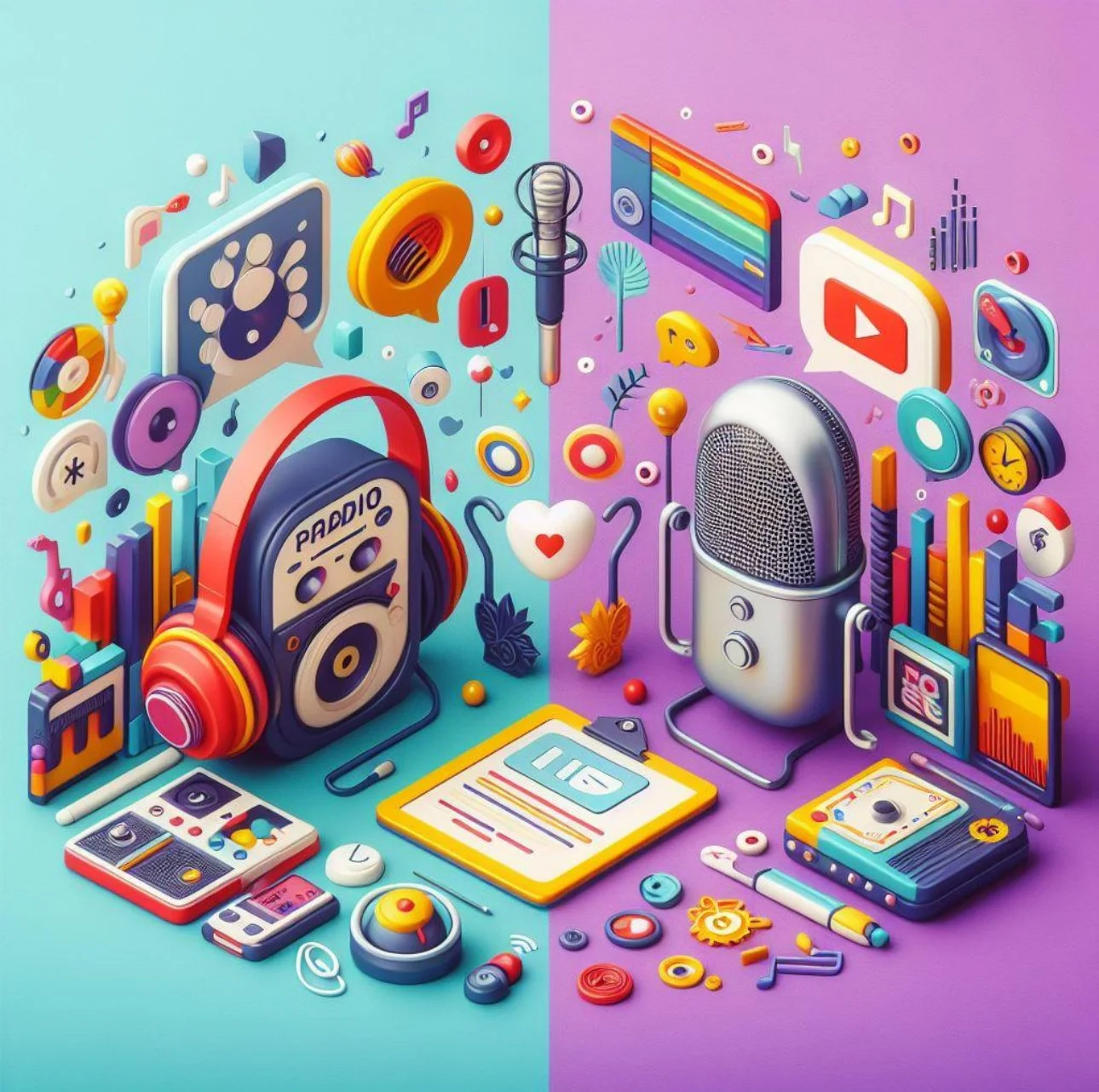While visiting a Barnes & Nobles bookstore over the weekend, I noticed their vinyl record section had expanded considerably over the last six months and interest in the format has exploded.
Why has vinyl become “sexy” again?
Vinyl album sales have grown for the 17th consecutive year in the United States, according to the Recording Industry Association of America (RIAA) 12.
In 2023, 49.6 million vinyl albums were sold, marking a 14% increase from the previous year.
While volume of sales is a small percentage of worldwide sales compared to streaming consumption, vinyl LPs accounted for more than 40% of album sales in the U.S. last year.
Unique Listening Experience:
Vinyl records offer a unique and tactile experience that digital formats cannot replicate.
The larger format allows for artwork appreciation and proudly displaying records on walls or shelves.
Generational Shift:
Contrary to nostalgia, it’s Gen Z (born roughly between 1997 and 2012) that is driving vinyl sales, not Boomers.
Artists favored by Gen Z, such as Taylor Swift, Billie Eilish, Kendrick Lamar, and Harry Styles, lead vinyl sales.
Gen Z values the collectible aspect of vinyl records, even if they don’t own a record player.
Collectibility and Aesthetics:
Vinyl records are seen as cool and trendy. Their larger size makes them more visually appealing.
Many collectors buy vinyl as collectibles, even if they primarily listen to music digitally.
The nostalgia factor also plays a role, as vinyl evokes memories of earlier eras.
Where People Buy Vinyl:
Common places to buy vinyl include:
Record stores: Independent stores continue to thrive.
Online platforms: Websites like Discogs and eBay.
Flea markets, bookstores and thrift stores: Hunting for hidden gems.
Friends/Other collectors: Trading and sharing vinyl.
Turntable Ownership:
Surprisingly, only 50% of vinyl buyers actually own a record player.
Some collectors view vinyl as art objects or decorative items rather than functional music players.
Vinyl’s resurgence is driven by a combination of aesthetics, nostalgia, and the desire for a unique listening experience. While streaming dominates the music industry, vinyl remains a beloved format for collectors and enthusiasts alike.
Best-selling genres:
Classic Rock Icons like The Beatles, Led Zeppelin, and Pink Floyd maintain a strong presence in the vinyl scene.
Jazz has found a devoted following in the vinyl community.
Blues music also suits the warm, cozy sound of vinyl.
Hip-Hop:
Collectors appreciate the juxtaposition of the genre’s electronic nature with the analog characteristics of vinyl records.
Vinyl releases provide a tactile engagement and authenticity in a digital age.
Electronic and Dance:
Country and Folk:
While rock and jazz dominate, country and folk music also have dedicated followings within the vinyl community.
Soul and R&B:
Classical:
Classical music lovers cherish vinyl for its ability to capture the richness and depth of orchestral compositions.



